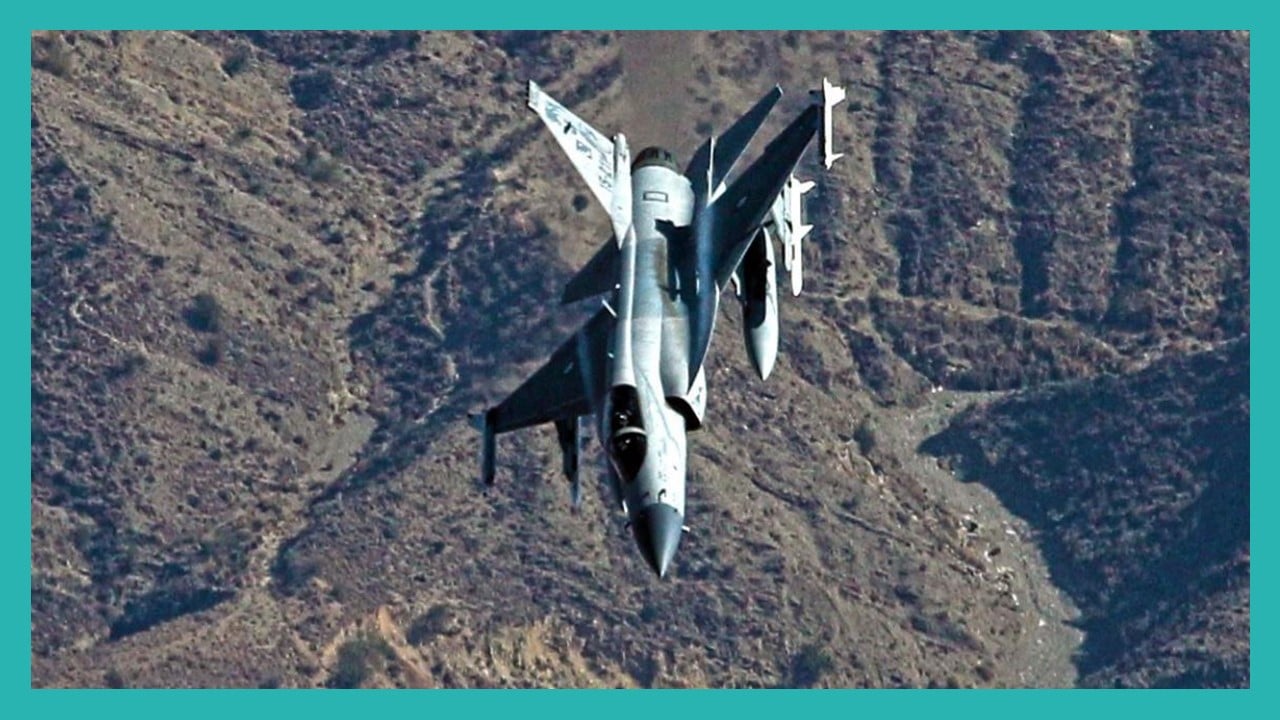In recent years, Turkey has risen to becoming Pakistan’s second leading arms supplier, following China. Could this relationship extend beyond procurement and stem into joint development and production?
In environments with increasingly saturated and layered air defence systems, it is likely that the future of Pakistan’s SEAD/DEAD capability rests on joint air and land operations.
Though brief, the air skirmish of February 2019 between Pakistan and India could lead to major changes in South Asia’s air warfare environment – especially along the Line-of-Control (LoC) – in the 2020s.
In the 1980s South Africa tasked its prime defence contractor Atlas to design, develop and manufacture an indigenous fourth-generation multi-role fighter. Designated “Carver,” the program was an ambitious play at replacing the South African Air Force’s legacy Mirage III/F-1s with a state-of-the-art…
For the Pakistan Air Force (PAF), dedicated long-range attack aircraft have neither been available nor affordable. However, it has sought to build conventional deep-strike capabilities for decades, and with the market not responding, the PAF is looking in-house to find a solution.
On 22 July 2017, the Turkish Presidency of Defense Industries (SSB) announced that the Turkish Air Force and Turkish Aerospace Industries signed onto the Hürjet program. With a target flight date of 2022 (or 2023), the Hürjet will serve as a lead-in-fighter-trainer…
On 13 November 2019, the Indian Army initiated a large-scale combat exercise in Rajasthan. Involving 40,000 troops alongside tanks, artillery and helicopters, the exercise – dubbed “Sindhu Sudarshan” – tests India’s offensive capabilities.
Through its deployment of land-attack cruise missiles (LACM) and various ballistic missiles, Pakistan stated that it is maintaining “minimum credible deterrence.” However, while that might be accurate in terms of its nuclear deployment capability, Pakistan’s conventional deterrence is at risk of eroding.
By…
A cursory look at the development of ‘loyal wingman’ unmanned aerial vehicles (UAV) throughout the world, but with particular attention paid to what a country requires to successfully develop one.
In 2017-2018, the Pakistan Army started taking steps towards adding modern anti-tank guided missiles (ATGM) to its inventory, and across its infantry, armoured, and aviation platforms.









